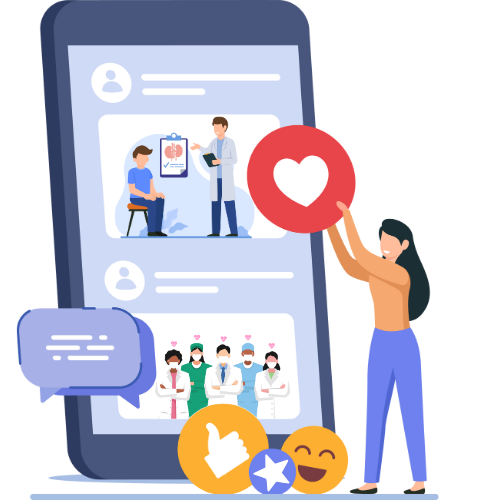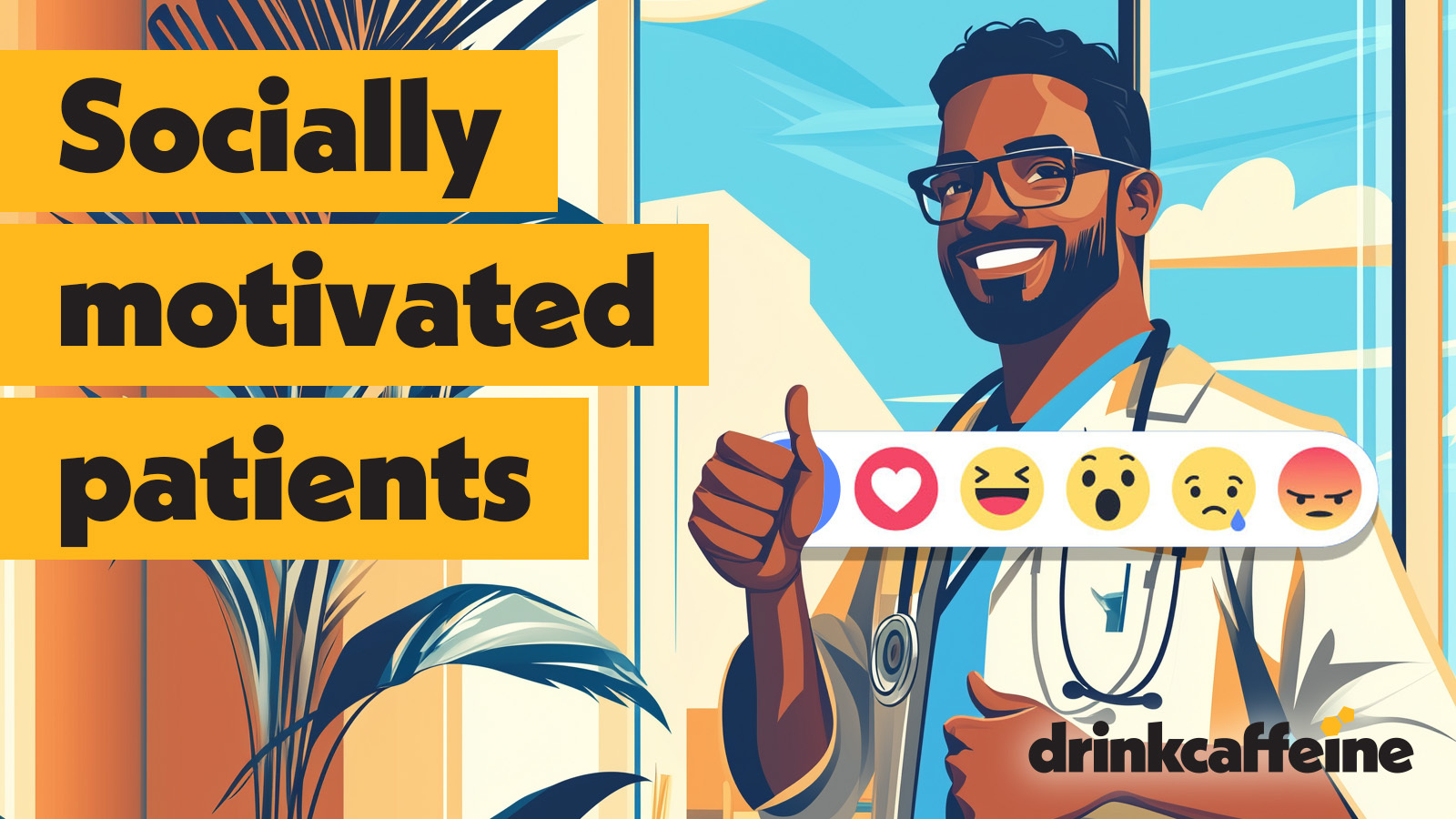Healthcare CMOs are noticing something odd about how their websites convert inbound visitors to new patients.
Research indicates that 65% of website traffic to medical landing pages (i.e. with Contact Forms) comes through search ads, while social media ads represent just 20% of inbound traffic – but social visitors convert at 2x the rate.
True, it’s worth noting that there’s data defending the conversion strength of Google ads for connecting physicians with new patients. But no one denies – especially since the pandemic – that an overwhelming percentage of healthcare decisions start with social media.
The question for healthcare marketers is: How can I make the most of it?

Search vs Social
First, how is it possible that social ads outperform search ads? The explanation is in the targeting.
Search Ads | Social Ads |
Seek Conversions | Seek Conversions |
Based on Intent | Based on Interest |
Based on Specific Criteria | Based on Audience Profiles |
Speak to a Level of Interest | Speak to a Type of Person |
In our view, it makes sense that for potential new patients seeking a provider relationship, social media ads can be a more effective pre-click part of the conversion funnel for healthcare websites. Which brings us to post-click.
5 Ways to Optimize Post-click Social Traffic
The new patient landing page.
- Landing pages are where users move from Awareness to Consideration. It needs to be customized to their needs and expectations, including a message specifically welcoming new patients and validating their interest with a topline description of the organization.

Testimonials, social proof, ratings, and rankings.
- Feature 3-5 strong patient quotes with first name only attributions (HIPAA). Also use any accreditations, partnership logos, and other graphic symbols to validate quality. Remember that while healthcare ratings – such as the Google Star Rating – are not always reliable indicators of the quality of care, consumers use them as signposts.

Video.
- Many healthcare clients shy away from video because 1. Staff turnover can make video look dated. 2. Providers are uncomfortable being on camera. 3. HIPAA risks. 4. The production resources don’t exist. But video is effective in boosting patient engagement so you need a strategy in place. We suggest using Zoom recordings to produce short conversational video segments with staff members.

Thinking mobile.
- Access to patient portals via mobile is growing (mostly among Gens X and Y). So be sure your mobile content presentation features a New Patients button (and UX) that makes the right information available – clear instructions, large buttons, and simplified forms.

Calls to action.
- We suggest using at least 2 CTAs on your New Patient landing page, one for engagement (Example: Meet our providers) and one for transaction (Example: Schedule Now). Position transactional CTA buttons prominently. Blend engagement CTAs into page content for those who are scanning deeper. Test CTAs as A/B options and see which perform performs.



